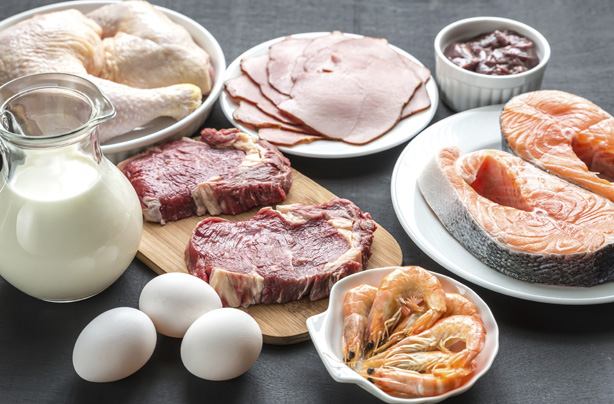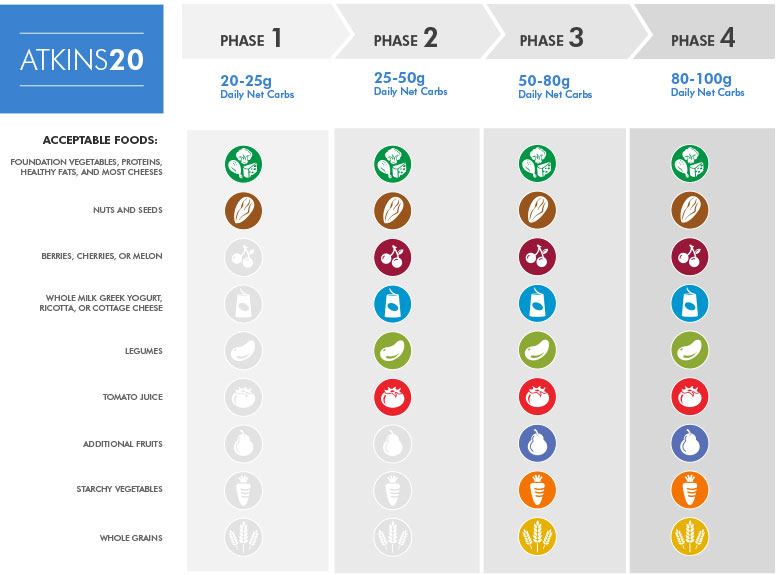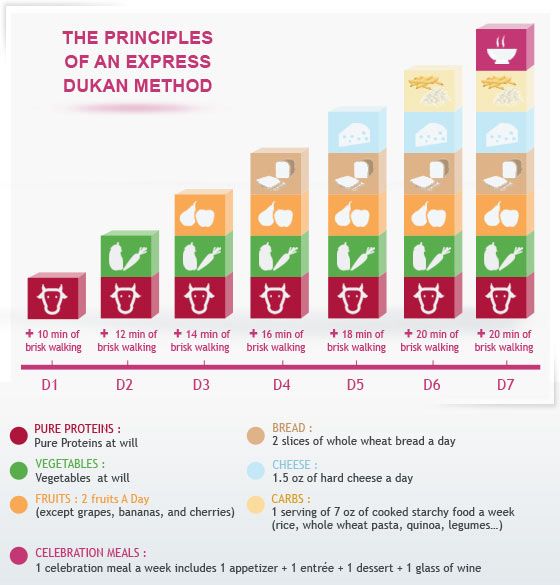

So we've decided to put together an unbiased guide for your to learn more about every one of them and understand whether they suit you at all.
Let's look closely at these plans to see what they offer and consider what will truly allow us to live with vibrant good health.

Photo Credit: The Toronto Star
The Paleo Diet makes assumptions about what our Paleolithic ancestors ate 2.5 million to 10,000 years ago. Unfortunately, those assumptions don't correspond to the reality. We are not biologically identical with our ancestors, we don't have access to the foods they ate, foods varied by season and location, and we obtain food in a different way than what our ancestors did. That doesn't necessarily mean the diet won't work, just that it's based on a faulty premise. The diet is high fat, high protein, and low carbohydrate. Allowed foods include nuts, veggies and some fruit. Meat and fish, often cooked in animal fats, are the mainstay. Exclusions from the diet include sugars and sweeteners, dairy, processed grains, peanuts, lentils, beans, peas and other legumes.

Photo Credit: Good to Know
This Diet is high fat, moderate protein and low carbohydrate. "It causes ketones to be produced by the liver, shifting the body's metabolism away from glucose and towards fat utilization." Proponents claim that it causes weight loss and prevents certain diseases. Originating from Sweden, it allows virtually unlimited fat, including olive oil, lard, butter, eggs, coconut oil, nuts and other healthy fats. Sources of protein include eggs, full-fat dairy, cheese, yogurt, fish, chicken, meat, "lamb because it’s fatty and pasture fed." Vegetables are fine, but only lower carbohydrate vegetables like greens. Exclusions include added sweeteners, potatoes, rice, pasta, pizza, all grains, and cereals, processed, packaged, boxed, low-fat, adulterated foods.

Created in 1972 by Robert C. Atkins, the Atkins Diet is high protein, high fat, and low carbohydrate. It proposes that "obesity and related health problems, such as type 2 diabetes and heart disease, are the fault of the typical low-fat, high-carbohydrate American diet." The purpose of the diet is to cause weight loss and to keep off the weight, which it claims happens by following a rigid program of carbohydrate reduction through a phased plan. While the diet doesn't encourage calorie counting, it introduces a formula for counting carbohydrates.

Photo Credit: Dunkan Diet
Designed by the French Doctor, Pierre Dukan, this diet focuses on fast weight loss, then weight maintenance. Like the Atkins diet, it is a phased plan. Food choices are high protein, low-fat and low-carbohydrate. Allowed foods include chicken, turkey, lean beef, lean ham and veal; all fish and shellfish; fat-free yogurt, cottage cheese and skimmed milk; eggs; certain vegetables beginning with the second phase, including celery, peppers, asparagus, mushrooms and broccoli. Other vegetables like carrots, sweet potatoes, and sweetcorn are not allowed.

Photo Credit: The Magic of Life
This diet makes the claim that the four different blood types of human beings, A, AB, B, and O, require different diets. The diet's author presents 16 food groups divided into three different categories for each blood type: highly beneficial foods, neutral foods, and foods to avoid. There is no calorie counting or portion measuring. The people in each blood type category can eat freely of highly beneficial foods, moderately of neutral foods and should not eat taboo foods at all. Weight loss is not a goal of the diet, but its author claims it naturally follows eating according to the plan since foods that are toxic for those with a certain blood type cause weight gain. This is not a "plan", so it's difficult to evaluate whether it is healthy or high or low-fat, protein or carbohydrate since there are different groups and individuals within the group may make food choices that vary widely.
Platform. Two of these diets base themselves on theoretical constructs that many reject: the Paleo Diet on an imagined idea of how our ancestors ate and the Blood Type Diet on a blood type theory of human development that has no scientific support.
So how do we evaluate these diets' viability? Their health? Different diets and eating styles work for different people. Any diet that restricts carbohydrates, in particular, high sugar foods and added sweeteners, results in weight loss and works well for diabetics. What was once considered good for diabetics, however, is now considered good for everyone as we see the unfortunate results of the Standard American Diet, high in refined carbohydrates, sugars, and bad fats and low in fiber.
Some of the diets do work for weight loss, specifically the LCHF, the Atkins and probably the Paleo. All three are higher in fat, which we now know is not, in and of itself, the cause of weight gain. As Dr. Robert Lustig points out with regard to his diet review in Fat Chance: Beating the Odds Against Sugar, Processed Food, Obesity, and Disease, diets that otherwise have little in common will promote weight loss if they exclude refined carbohydrates and added sweeteners. Concerning a different group of diets, he says, "Some rely on fat for energy, others rely on carbohydrates for energy, and some use both. Yet they all work to control weight and improve metabolic health, and have been shown to reduce heart disease. What do they all share? Two things. They are all low in sugar, and they are all high in fiber (and, therefore, high in micronutrients)."
Other questions are: is the weight loss sustainable? Are these diets healthy? Generally, the more rigid a diet is, the less sustainable it is, and, therefore, the less likely it is to help people keep the weight off. As for health, other than added sweeteners, highly processed carbohydrates, and bad fats, eliminating or severely restricting whole categories of foods makes a diet difficult to follow at best and harder to maintain good health.
And there are warnings for some of these diets. The LCFH Diet can cause weight loss. It can also cause ketonuria if a person doesn't do well on severely limited carbohydrates. Low carbohydrate diets have less fiber, and experts link this deficit to certain metabolic disorders. High protein is linked to arthritis and other diseases of aging.
Another approach to eating focuses on real food, as do the Paleo and LCHF diets. The Nutritarian way of eating brings into the picture what we learned in recent years about micronutrients. It is probably most similar to the LCHF diet but has greater flexibility and variety. It is a simple concept. By refocusing eating patterns so that the greater part of your diet, 80%, is high nutrient density, you can feel satisfied, achieve maximum health and an appropriate weight. Dr. Fuhrman explains how he judges diet quality:
Coupled with an extensive list of foods scored by micronutrients per calorie, these principles provide the basis of an excellent diet. It leads to weight loss and is easy to sustain because of its great variety and flexibility, at least once a person adjusts to the high vegetable content, in particular, greens.
Researchers have repeatedly proved plant-based real food diets with minimal added oils and sweeteners prevent metabolic disorder and related diseases like diabetes, heart disease and some cancers. Finally, the best diet is no diet. Eat for your best health, and let your body find and keep its healthiest weight. The nutritarian way of eating is one way to do that.
Photo Credit: Shutterstock
